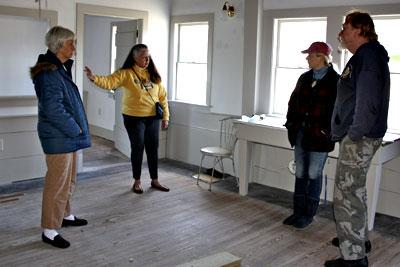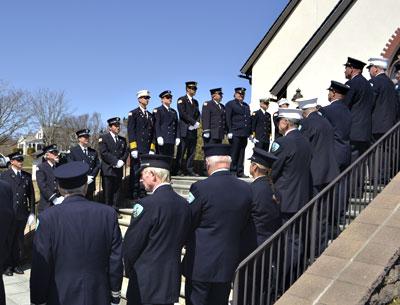Planting Seeds of Farm Museum
Planting Seeds of Farm Museum

Donations of antique objects dating from the 1880s through 1920 are being sought by a committee working to establish a farm museum at the former Lester farm at North Main and Cedar Streets in East Hampton, which is owned by East Hampton Town.
The group is also seeking volunteers who would staff the museum during open hours once a week, on Saturdays.
The Sherrill house and farm, another North Main Street historic site, which the farm museum committee had hoped to see preserved, is reportedly set to be sold to a private buyer by a bank that gained ownership of the property.
East Hampton Town officials had discussed using the town’s preservation fund to preserve the property, either through an outright purchase or by obtaining easements protecting its historic facade and farmland.
Prudence Carabine, an East Hampton resident who has been a prime mover behind both farm preservation efforts, said yesterday that she is still hopeful that some agreement to protect the Sherrill farm, which dates to 1792, will be worked out.




